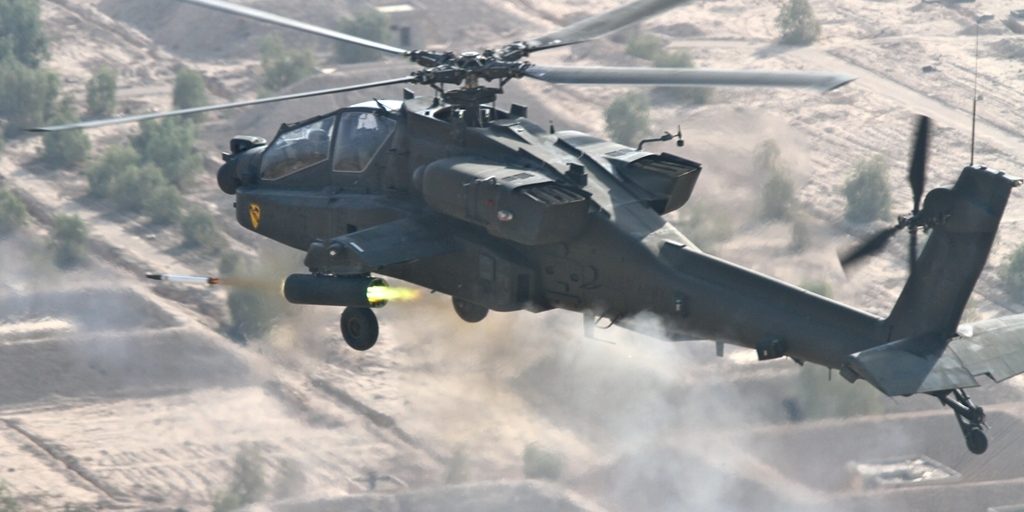An extensive summary of contemporary research and development into MS rocket motor propellants is provided, with emphasis on achieving IM compliance. MS propellants have existed since the late 1800s and continue to progressively improve. Developing cast-cure formulations in the 1970s, as opposed to extruded compositions, has opened avenues for developing highly energetic compositions for advanced rockets in use today. However, high energy has led to high sensitivity, especially to shock and impact stimuli. The need for less-sensitive munitions and the advent of IM policies and requirements since the early 1980s have led to a wide range of research and development into reducing the sensitivity of MS rocket propellants. This report covers the development and testing of a variety of MS propellants occurring among many government laboratories and defense contractors over the past 30+ years. It summarizes propellant compositions and properties, while mainly focusing on methods for reducing shock sensitivity and achieving IM characteristics. Information and IM test data on formulations based on energetic binders and oxidizers are discussed, along with compositions that use less-sensitive new materials. Although significant progress has been realized, especially in providing less-sensitive propellants readied for qualification in new propulsion systems, strict compliance to all IM criteria has yet to be achieved. Insensitivity to high-velocity impact tests has been especially difficult to solve and has been achieved with limited compositions. Re – search continues in modifying existing materials and creating new, less materials, which may aid in progressing toward less sensitive MS propellants for future applications.
Advancements in Minimum Signature (MS) Propellants for Insensitive Munitions (IM) Rocket Motors

Producing a blast of smoke and fire, an AH-64D Apache attack helicopter pilot from 1st Air Cavalry Brigade, 1st Cavalry Division, fires a 2.75 inch hydra aerial folding-fin rocket while conducting a gunnery on the outskirts of Baghdad, Nov. 9. (Photo by: Chief Warrant Officer Anthony Bailey)
POSTED: November 1, 2018
Focus Areas
Stay informed when a new SOAR is released
Subscribe to our upcoming state-of-the-art reports
Want to find out more about this topic?
Request a FREE Technical Inquiry!

